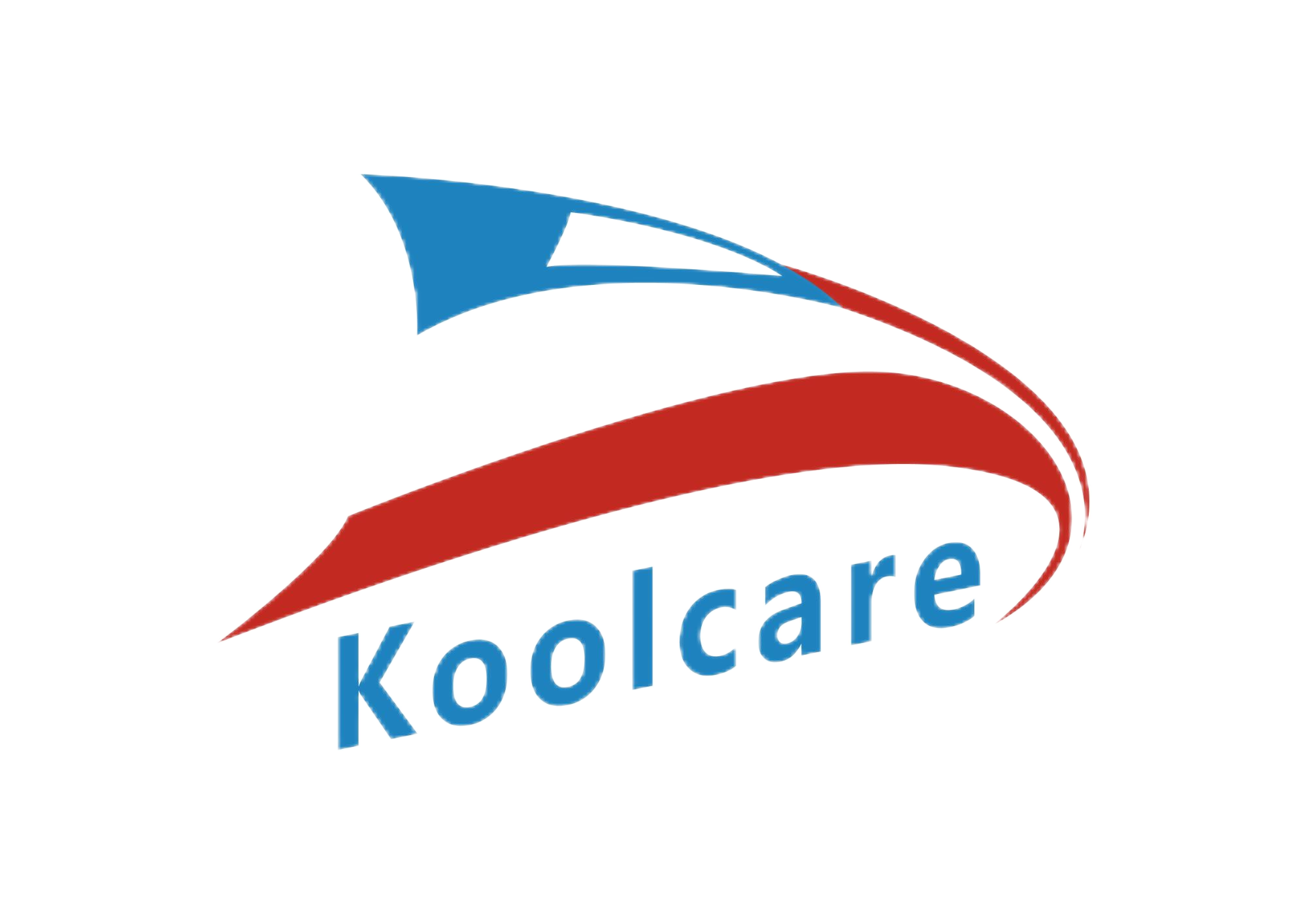op 5 Sports Injury & Recovery Products for Athletes
In the demanding world of sports, athletes face the constant risk of injuries due to intensive training, competitive events, and repetitive movements. Injury & Recovery Products are essential for promoting faster healing, preventing further damage, and ensuring athletes return to peak performance efficiently. Selecting the right tools and devices is critical for both professional and amateur athletes seeking sustained physical wellness and competitive edge.
Koolcare, founded in 2012, is a leading provider in the healthcare industry, renowned for innovation and quality. Serving major global retailers such as CVS, Walgreens, Walmart, Target, Aldi, and Rossmann, Koolcare operates three manufacturing facilities covering 14,000 square meters and two advanced laboratories. With over 200 dedicated professionals and certifications including FDA, CE, MDR, ISO 13485, ISO 14001, BSCI, and GMP, Koolcare ensures its Injury & Recovery Products meet the highest international standards.
Understanding Injury & Recovery Products
Definition and Scope
Injury & Recovery Products are specialized devices, equipment, and tools designed to prevent injuries, accelerate recovery, and support rehabilitation for athletes. These products include braces, cold therapy units, massage devices, resistance bands, and electrotherapy equipment.
Importance for Athletes
Using these products helps reduce downtime, protect affected areas, enhance healing, and maintain overall physical performance. They are crucial for minimizing the risk of re-injury and ensuring athletes can resume training safely.
Key Benefits
Incorporating high-quality Injury & Recovery Products improves blood circulation, reduces swelling, alleviates pain, supports joints and muscles, and enhances overall recovery efficiency.
Top 5 Injury & Recovery Products for Athletes
1. Cold Therapy Units
Rapid Inflammation Reduction
Cold therapy devices provide immediate relief by reducing swelling, inflammation, and pain after acute injuries.
Convenience and Mobility
Portable cold therapy units allow athletes to manage injuries effectively during training, competitions, or travel.
2. Knee and Joint Braces
Stability and Support
Braces provide structural support to joints, preventing overextension and reducing the likelihood of further injury during high-intensity activities.
Adjustable Fit
Premium braces allow for customized tension, ensuring comfort while maintaining effective protection.
3. Massage Guns and Percussion Therapy Devices
Accelerated Muscle Recovery
Percussion therapy promotes blood circulation, reduces muscle soreness, and breaks down adhesions, improving flexibility and range of motion.
Portable and Easy-to-Use
These devices can be used at home, during travel, or immediately post-training to maximize recovery efficiency.
4. Resistance Bands and Stretching Equipment
Controlled Rehabilitation
Resistance bands allow safe, gradual strengthening exercises, supporting muscle and joint recovery after injuries.
Versatile Training Aid
They are also effective for warm-ups, injury prevention routines, and full-body conditioning exercises.
5. Electrotherapy and TENS Units
Pain Management
Transcutaneous Electrical Nerve Stimulation (TENS) devices alleviate pain, stimulate nerves, and promote muscle relaxation during rehabilitation.
Customizable Therapy
Modern units provide adjustable intensity, multiple modes, and targeted application for various muscle groups and injuries.
Advantages of Using High-Quality Injury & Recovery Products
Shortened Recovery Time
Proper use accelerates healing, minimizes inflammation, and reduces downtime following injuries.
Injury Prevention
Supporting muscles, joints, and tissues with reliable recovery products helps prevent re-injury and chronic conditions.
Enhanced Athletic Performance
Athletes can train effectively and safely, achieving better results and maintaining long-term physical resilience.
Comfort and Safety
High-quality products are ergonomically designed, medically safe, and adjustable to individual needs, ensuring effective and comfortable recovery.
How Koolcare Supports Athletes and Healthcare Providers
Extensive Industry Experience
Koolcare combines over a decade of healthcare expertise with advanced design and manufacturing capabilities to deliver reliable Injury & Recovery Products.
Compliance with Global Standards
With certifications such as FDA, CE, MDR, ISO 13485, ISO 14001, BSCI, and GMP, Koolcare ensures its products meet strict safety, quality, and regulatory requirements.
Advanced Manufacturing Facilities
Three production facilities and two laboratories enable precise manufacturing, thorough quality control, and customization for retail and healthcare clients.
Expert Guidance and Support
Koolcare provides professional consultation on product selection, usage, and integration into training and rehabilitation programs, ensuring optimal recovery outcomes.
Best Practices for Using Injury & Recovery Products
Follow Product Guidelines
Adhering to manufacturer instructions ensures effectiveness and prevents misuse or further injury.
Integrate into Training Routines
Incorporate recovery devices into warm-ups, post-workout sessions, and rehabilitation programs for consistent benefits.
Maintain and Inspect Equipment
Regular cleaning, inspection, and timely replacement of worn parts maintain product performance and safety.
Consult Medical Professionals
Seek guidance from physiotherapists or sports medicine experts to select suitable products and design personalized recovery plans.
FAQ
What types of Injury & Recovery Products are essential for athletes
Cold therapy units, braces, massage guns, resistance bands, stretching equipment, and electrotherapy devices are essential for injury prevention and recovery.
How can I select the right product for my injury
Assess the type and severity of injury, target body area, training intensity, and consult medical professionals to choose the most effective solution.
Why choose Koolcare products
Koolcare combines innovation, quality, and international certifications to provide reliable, safe, and effective Injury & Recovery Products for athletes and healthcare providers.
Are these products suitable for amateur athletes
Yes, Koolcare’s high-quality Injury & Recovery Products are suitable for both beginners and professionals, providing safe and efficient rehabilitation and support.
Table of Contents
- op 5 Sports Injury & Recovery Products for Athletes
- Understanding Injury & Recovery Products
- Top 5 Injury & Recovery Products for Athletes
- Advantages of Using High-Quality Injury & Recovery Products
- How Koolcare Supports Athletes and Healthcare Providers
- Best Practices for Using Injury & Recovery Products
- FAQ
-
What types of Injury & Recovery Products are essential for athletes
- Cold therapy units, braces, massage guns, resistance bands, stretching equipment, and electrotherapy devices are essential for injury prevention and recovery.
- How can I select the right product for my injury
- Why choose Koolcare products
- Are these products suitable for amateur athletes
- Yes, Koolcare’s high-quality Injury & Recovery Products are suitable for both beginners and professionals, providing safe and efficient rehabilitation and support.

